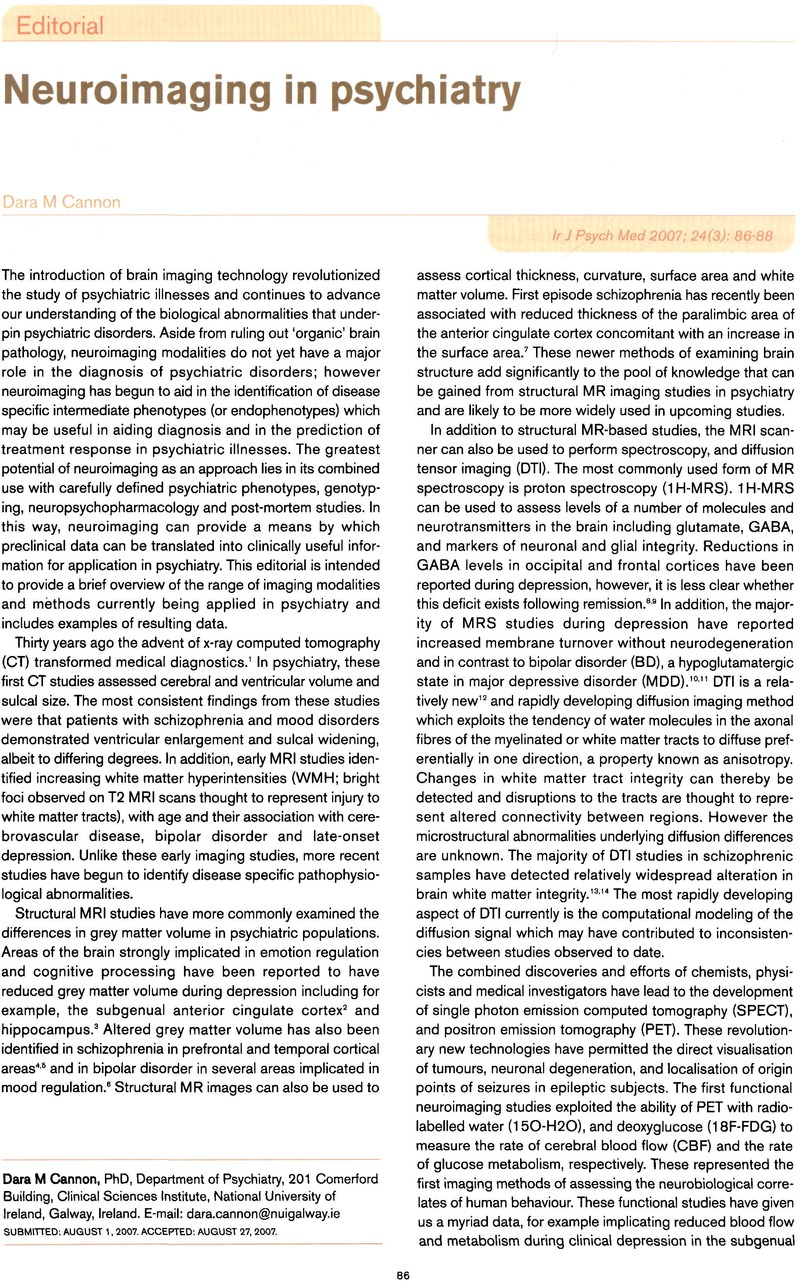Crossref Citations
This article has been cited by the following publications. This list is generated based on data provided by Crossref.
Zhang, Yu-Dong
Dong, Zhengchao
Wang, Shui-Hua
Yu, Xiang
Yao, Xujing
Zhou, Qinghua
Hu, Hua
Li, Min
Jiménez-Mesa, Carmen
Ramirez, Javier
Martinez, Francisco J.
and
Gorriz, Juan Manuel
2020.
Advances in multimodal data fusion in neuroimaging: Overview, challenges, and novel orientation.
Information Fusion,
Vol. 64,
Issue. ,
p.
149.
Ponurko, I. V.
Krylova, S. A.
Limarev, A. S.
and
Mezin, I. Yu.
2022.
ALGICIDAL AND BACTERICIDAL PROPERTIES OF COPPER-CONTAINING GLASSY PHOSPHATE COMPOSITIONS.
Steklo i Keramika,
p.
28.



